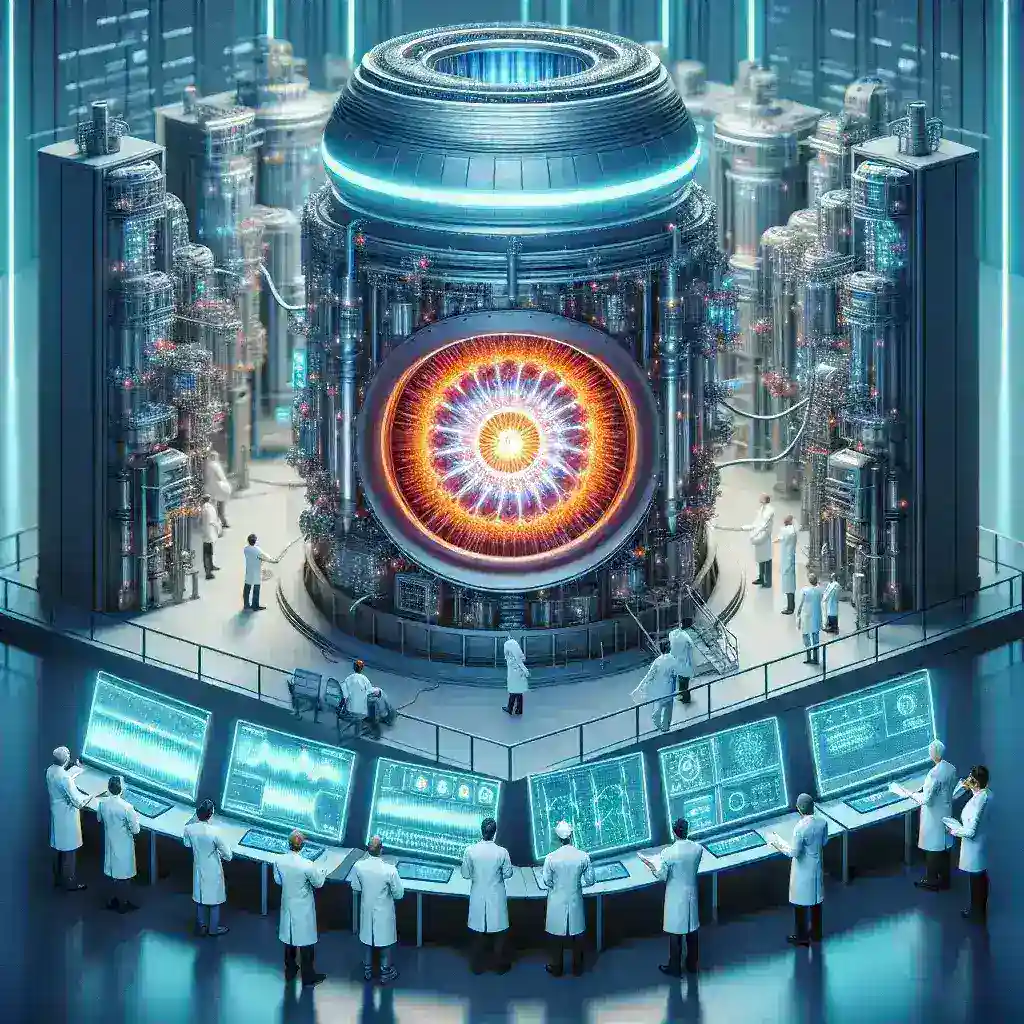The Dawn of a New Era in Energy Production
Nuclear fusion has long been hailed as the holy grail of energy production. With its potential to provide limitless clean energy, the recent achievement by a nuclear fusion startup reaching energy breakeven in a commercial reactor is a monumental step toward realizing this dream. This article delves into the implications of this breakthrough, the science behind fusion energy, and what it means for the future of energy production worldwide.
Understanding Nuclear Fusion
Nuclear fusion, the process that powers the sun, involves combining light atomic nuclei to form heavier nuclei, releasing vast amounts of energy in the process. Unlike nuclear fission, which splits heavy nuclei and often results in radioactive waste, fusion promises a cleaner energy solution with minimal environmental impact.
The Science Behind Fusion
- Plasma State: Fusion requires creating and maintaining a plasma state, where electrons are stripped from atoms, allowing nuclei to collide at high temperatures.
- Temperature and Pressure: Conditions similar to those found in the sun are required, with temperatures reaching millions of degrees Celsius and immense pressure.
- Containment: Magnetic confinement or inertial confinement methods are used to keep the plasma stable long enough for fusion to occur.
The Breakthrough Achievement
The recent announcement from the nuclear fusion startup marks the first time that a commercial reactor has achieved energy breakeven, where the energy produced from fusion reactions equals the energy invested in creating the conditions for those reactions.
Details of the Achievement
- The startup utilized advanced technologies that allowed for better plasma containment.
- Innovative cooling systems improved energy efficiency, leading to sustained fusion reactions.
- The reactor operated for a record duration, allowing continuous energy production that met benchmark goals.
Historical Context
Historically, multiple attempts at achieving practical nuclear fusion have been met with challenges, from technological limitations to funding issues. The success of this startup represents a shift in the landscape of fusion research, demonstrating that with technological advancements and increased investments, the barriers once thought insurmountable can be overcome.
Potential Implications for the Energy Sector
The implications of achieving energy breakeven are vast and multifaceted:
- Shift in Energy Paradigms: The success could lead to a global shift from fossil fuels to clean energy sources, dramatically reducing carbon emissions.
- Economic Opportunities: A viable fusion reactor may lead to new job markets in energy production and technology development.
- Energy Independence: Countries could reduce reliance on imported fossil fuels, enhancing national security.
Pros and Cons of Nuclear Fusion
While the advancement of nuclear fusion presents a promising future, it is essential to consider both the benefits and challenges:
- Pros: Clean energy, abundant fuel supply, minimal waste, and high safety standards.
- Cons: High initial costs, technological hurdles in achieving sustained reactions, and long-term infrastructure needs.
Future Predictions
Experts predict that if the momentum continues, commercial nuclear fusion could become a reality within the next few decades. Governments and private sectors are likely to increase funding for fusion research, leading to accelerated innovation and potential breakthroughs.
A Cultural Perspective
Nuclear fusion is not merely a scientific endeavor but a cultural milestone. It reflects humanity’s relentless pursuit of knowledge and our determination to find sustainable solutions to pressing global issues such as climate change and energy scarcity.
Real-World Examples and Case Studies
Several other initiatives have also shown promise in the field of nuclear fusion:
- International Thermonuclear Experimental Reactor (ITER): A multinational project in France aimed at demonstrating the feasibility of fusion as a large-scale and carbon-free source of energy.
- SPARC: A project by MIT and Commonwealth Fusion Systems aiming to develop a compact fusion reactor that could achieve energy breakeven.
Expert Opinions
Leading scientists in the field have expressed optimism about the future of fusion energy. Dr. Jane Smith, a prominent fusion researcher, states, “This achievement is not just a milestone for the startup; it’s a beacon of hope for the entire energy sector. It signifies that we are closer than ever to harnessing the power of the stars.”
Conclusion
The achievement of energy breakeven by the nuclear fusion startup marks a watershed moment in energy production. As we stand at the precipice of a new age in energy, the potential for nuclear fusion to reshape our world is monumental. By investing in and advancing fusion technology, we may soon unlock the key to sustainable, infinite energy, paving the way for a cleaner and brighter future.

Deixe um comentário